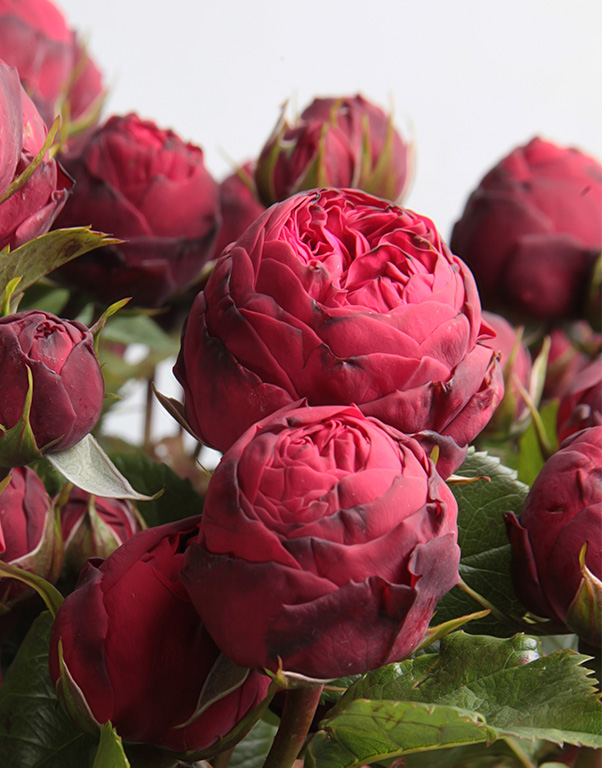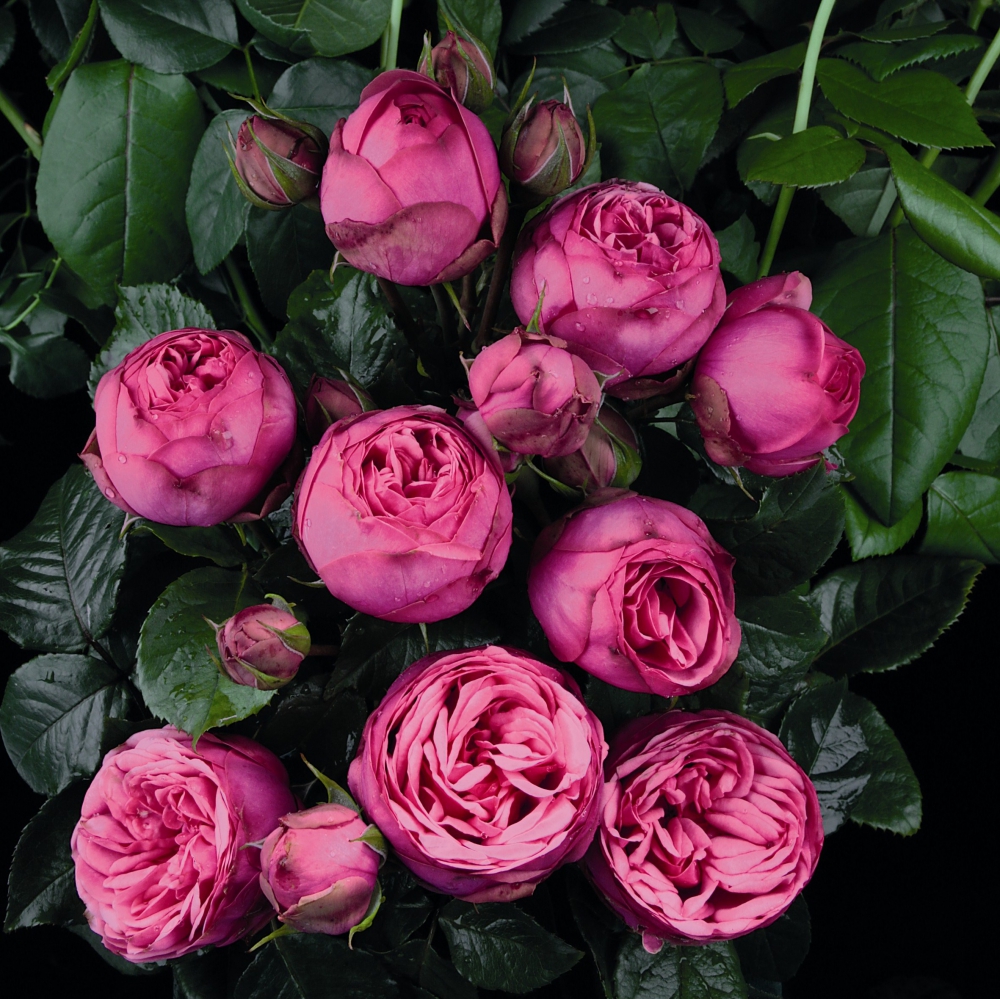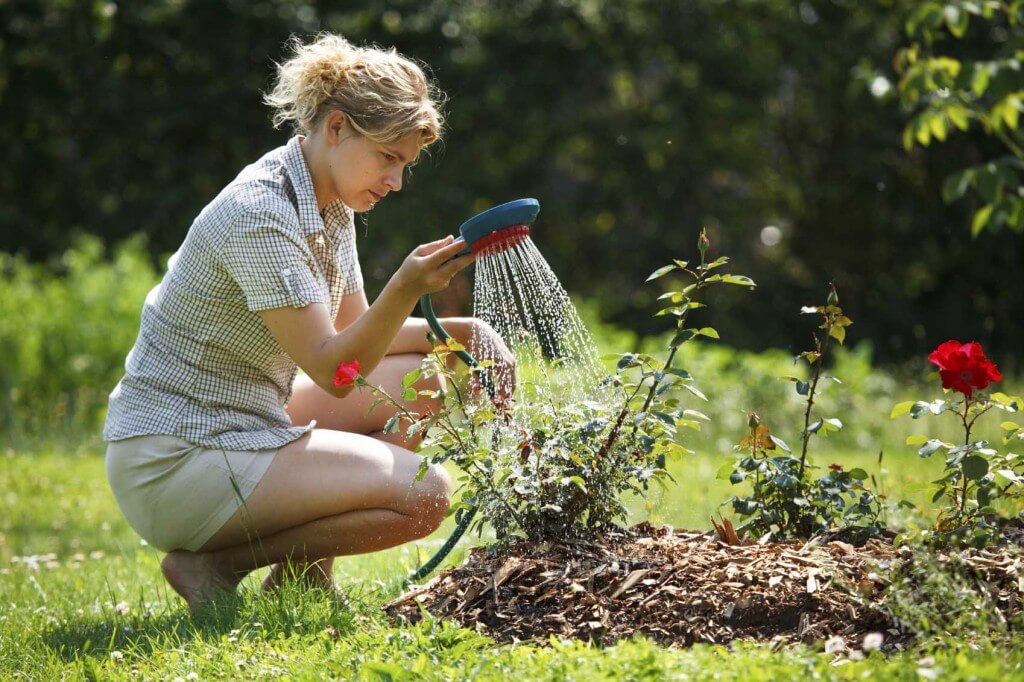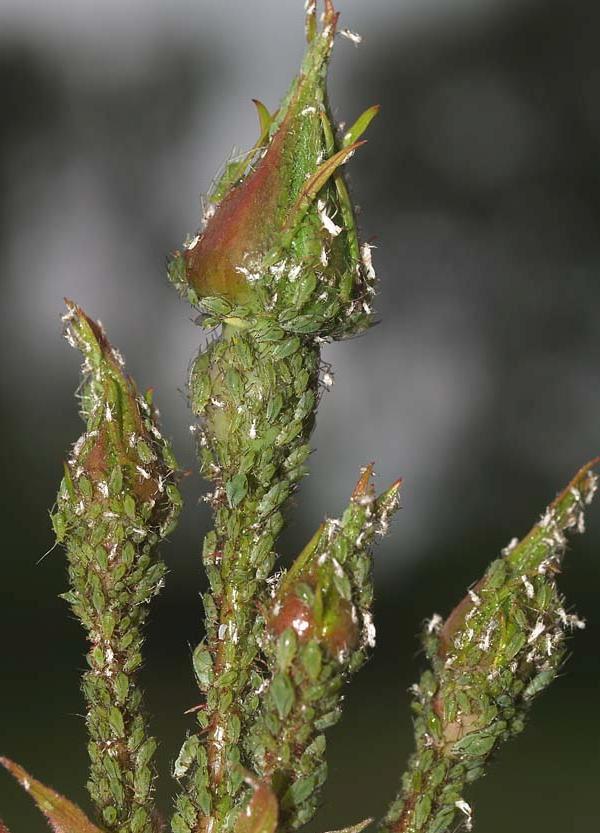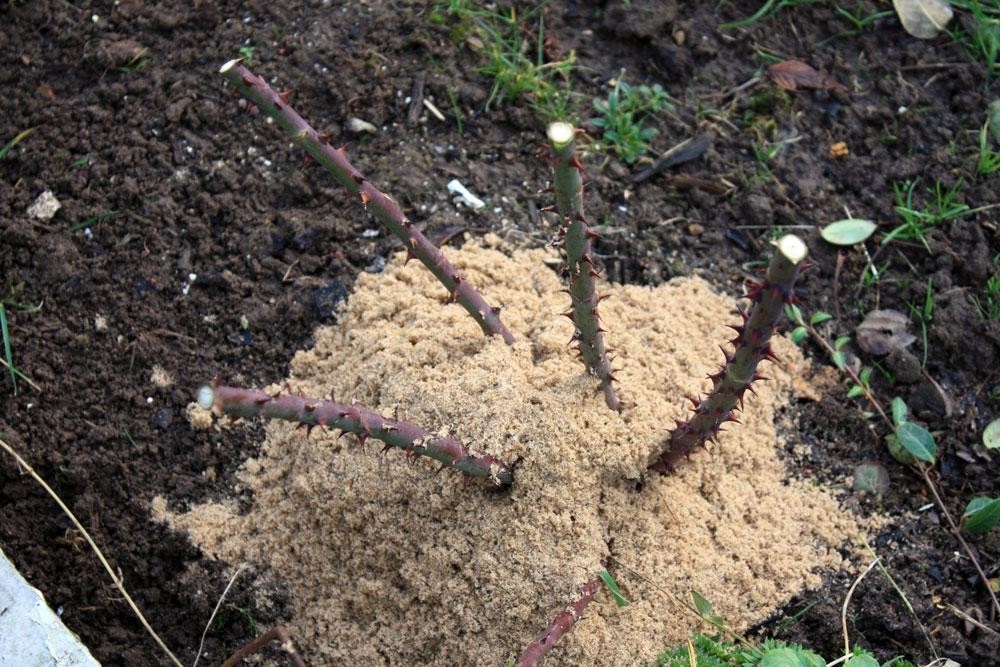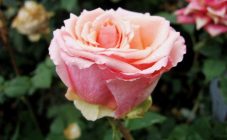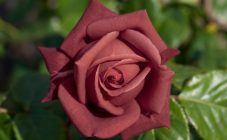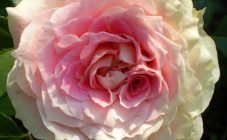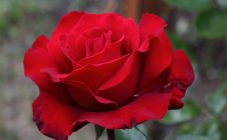Content:
At the beginning of the XXI century, German scientists bred the Piano rose variety. It was obtained by crossing a tea rose and double-flowered re-flowering hybrids. From the former, the new variety received the ability to bloom for a long time, and from the latter, large (8-12 cm in diameter) double buds (up to 100 petals) and winter hardiness. It is also known as Hope And Glory and Mistinguett. Since then, many varieties of culture have been bred, of which 7 varieties are especially in demand.
Description of the rose Piano (Piano)
The Piano variety is a compact bush up to 120 cm high. The crown is not very voluminous (up to a meter in diameter). The plant consists of straight, thick, reddish-brown stems. The foliage is dense, and the leaf plates themselves are glossy, dense green. The variety is a representative of the Repeat flowering family, that is, it blooms 2 times per season for 3-5 weeks with a break of 1.5-2 months. Peony buds can be single or collected in inflorescences of 3-7 pcs. The flowering of the bush lasts until frost.
At the beginning of flowering, the buds look like regular balls and gradually open up, taking the shape of a bowl. The outer petals are thicker and larger in area, while the inner ones (from 80 to 100 pcs.) Are thin and wavy. The color of the petals is very resistant to fading. During the entire flowering period, they emit a delicate raspberry aroma. Cut flowers stand for about a week.
Rose Piano is resistant to diseases characteristic of the family, easily tolerates frost. Buds and leaves are not injured by jets of rain and gusts of wind. The bright sun does not burn the petals of the buds.
Characteristics of the popular varieties of Piano roses
Hybrid tea rose Piano (Piano Tantau) has several very popular subspecies. Each of them is beautiful in its own way and each has its own admirers. Here are some of them:
- Rose Wedding Piano (Rose Wedding Piano). It is also sometimes referred to as the Wending Piano or Wedding Rose. Rose buds are white with a slightly noticeable beige tint. Due to this quality, it looks good in compositions with flowers of any shade.
- rose Charming Piano (rose Charming Piano). A distinctive feature of this variety is the combination of two different shades. The covering petals are green, and the central ones are light pink.
- rose Piano Freeland. Rosebuds are deep red with burgundy border.
- Pink Piano rose (Pink Piano rose). Spherical large flowers of rose bush Pink Piano of cyclamen (deep pink) shade.
- Bridal Piano rose (or Bridal Piano rose). The flowers are pink with a barely noticeable light green border.
- rose Happy Piano (Happy Piano rose). The shade is something between pink and cyclamen. This subspecies is more like a peony than others.
- Rose Red (Red Piano). The outer petals of the buds are velvety burgundy, and the middle is bright red.
Planting and caring for a Piano rose
Piano - exactly the same roses in terms of care as other varieties of culture, you just need to adhere to the basic rules.
Soil and planting
The variety was bred in Germany, therefore, for the climate of Central Russia, the agricultural technology is almost the same. It remains only to competently prepare the soil and choose a good place for planting.
This variety prefers bright areas of the garden. At least 4 hours a day, the bush should be in the sun.You should also beware of strong winds and constant drafts, but moderate ventilation for the bushes is a prerequisite.
Rosa Piano prefers loam or black soil enriched with organic matter (humus, rotted leaves). Drainage will help protect the roots from nearby groundwater. River sand, expanded clay, small stones, crushed foam can be used as a drainage layer.
New plants should be planted in wide pits. It is desirable that the dimensions are at least one meter wide and half a meter deep. There is nothing unusual about the landing itself. The roots of the seedling are straightened and laid on the bottom of the hole (with pre-lined drainage) and covered with fertile, prepared soil.
The final stage of planting a rose is abundant watering and mulching. Humus, dry needles, rotted foliage can be used as mulch.
Top dressing and watering
The piano needs to be fed three times per season. At the beginning of the growth phase, in spring, nitrogen fertilization is required, from June to September - calcium, phosphates and potassium (last in autumn). You can use a ready-made composition such as azofoska, but it is not recommended to overdo it, since an excess of fertilizer leads to the dropping of leaves and buds.
It is worth watering the bushes regularly, not allowing the soil to dry out. Overfilling is also very dangerous. A young plant needs half a bucket of water at a time, and an adult needs a bucket. Before watering, it is advised to loosen and mulch the root zone of the bush.
Disease prevention
In order to protect the bushes from fungal infections, they should be treated with antifungal drugs (oxychome, bactofit). Stimulants root, epin or treatment of the plant with copper sulfate will help to increase resistance to diseases. Mechanical cleaning of damaged buds and leaves will also help keep the rose healthy.
Pests on the rose
Despite the fact that hybrids are initially bred resistant to various kinds of lesions, Piano roses can sometimes be attacked by pests. The most dangerous enemies of the rose are spider mites and aphids. Both that, and another can be seen firsthand. If the size of the lesion is small, then you can use a soap solution (200 g of grated soap per 1 bucket of water). Otherwise, insecticides such as actellik, phytoverm will help.
Crown formation
Rose bushes can be pruned during the entire growing season, but formative pruning is carried out in early spring before sap flows in the branches. In this case, all branches are shortened by a third, diseased and damaged shoots are removed. In general, the bush is given a spherical shape. In summer, you should only support it, that is, cut out protruding branches, remove faded buds and stems without buds.
Preparing for winter
It is worth taking shelter of bushes immediately after the establishment of permanent frosts. First of all, you need to insulate the root system. Sawdust, dry needles, fallen leaves or peat are quite suitable for pouring into the root zone. The desired height of the mulch is 40-50 cm. Then, above the bush, you need to build a hut of coniferous branches. Of modern materials, pieces of foam are well suited for shelter. Unlike a film shelter, under it the bush does not blow out during recurrent thaws.
Plant propagation
Considering that all modern varieties are obtained by selection, it will not work to get such a plant by seeds. It will not inherit parental qualities. For rose hybrids, propagation by layering is the most acceptable. The best time for this method is June. The thickest and darkest shoot is selected for rooting. Further, at a distance of 40-50 cm from the mother bush, a hole is dug up and a branch with a spear is pinned to the ground and covered with soil. Make sure that the soil under the scion is always moist.
By the fall, the plant takes root well, but it should be cut off from the mother bush only next spring. Let the young plant overwinter under a common shelter with the parent bush.
Sometimes for reproduction, the method of grafting a cultivated cuttings to a rosehip or dividing a bush is used. The procedure is performed in early spring (April). Both of these methods do not guarantee the preservation of species qualities.
Piano in landscape design
Hybrid varieties are widely used in landscape design. Due to their compactness and lush foliage, they look great in single plantings, and are also good as a central element of a flower arrangement in a flower bed, in a park area. The combination of colors can be chosen in contrast or uniformity of shades. The thickets of various varieties of Piano are very good, the dense planting of various pink species looks especially luxurious.
The similarity of rose flowers to peony buds allows the use of these two cultures in one composition.
Also Piano is used as tub bushes. The flowering period with this option can be lengthened by bringing the flowerpots into enclosed spaces (on a terrace, veranda, loggia).
When choosing a rose variety, each person looks for a certain quality in it. Someone likes fragrant varieties, someone loves long-term flowering, and there are no restrictions at all for tint preferences. As for the varieties of the Piano variety, they can satisfy the requirements of any grower. They are beautiful even singly, and if you plant several species, you can get long flowering, and aroma, and beauty.
